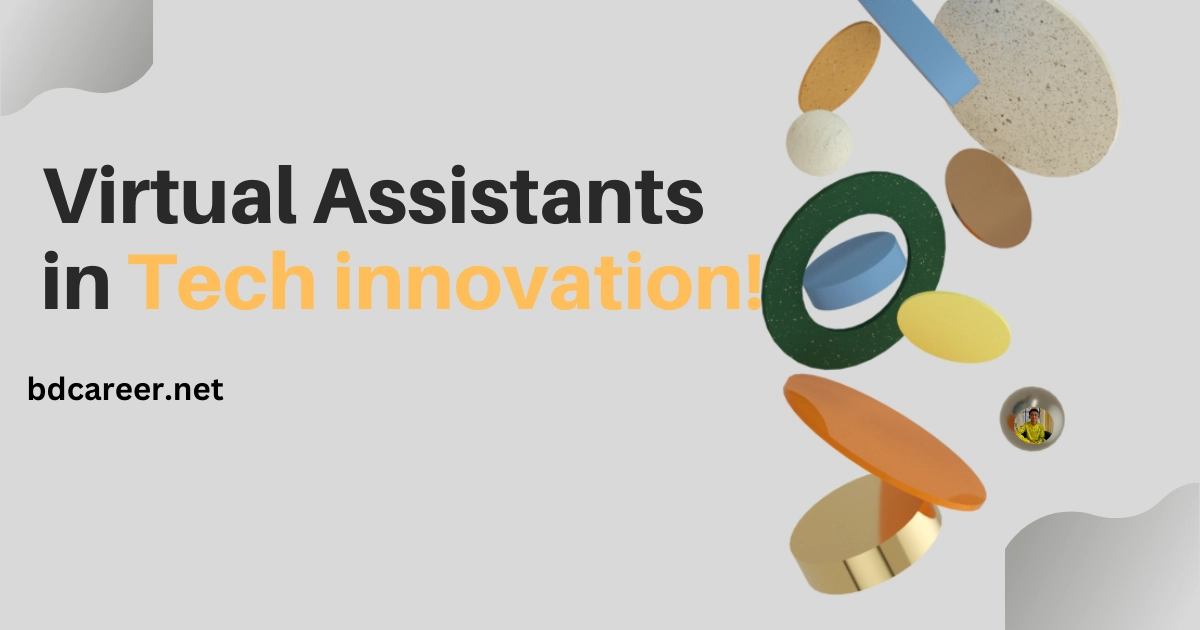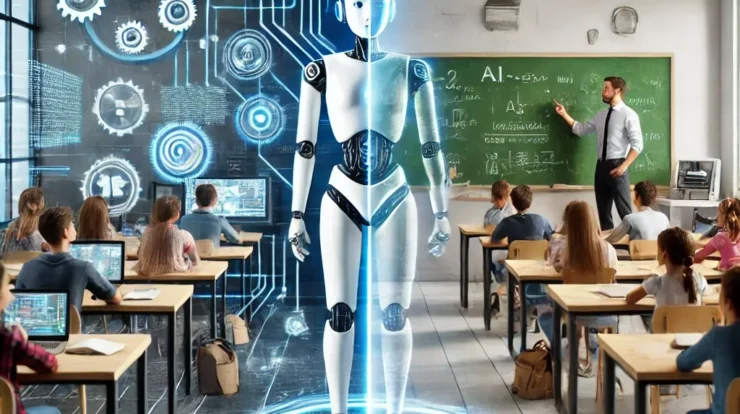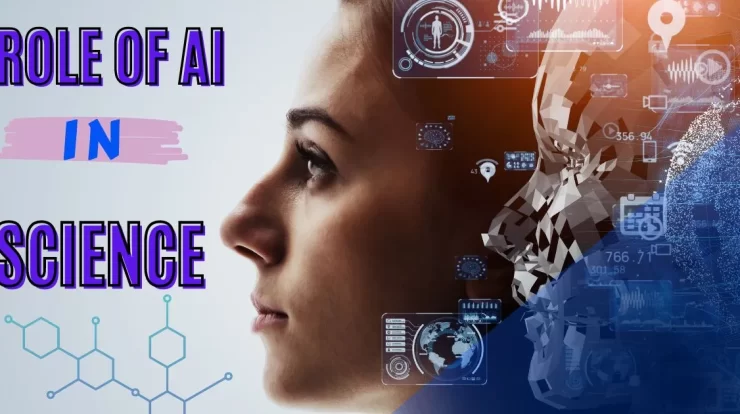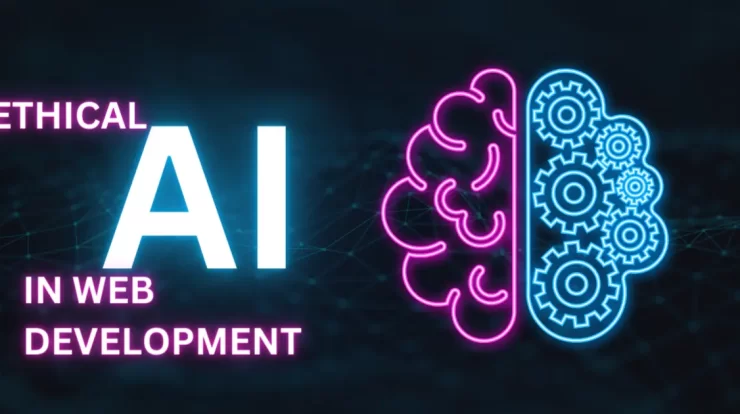
Embark on an extensive exploration of AI-powered virtual assistants in Tech innovation, delving into their impact on coding, debugging, user experience, and the broader development landscape. Explore their prospects, challenges, and the evolving role of these intelligent allies in shaping the future of web development.
Contents
- Introduction:
- Role of AI-driven Virtual Assistants for Developer
- Examples of Virtual Assistants Aiding in Coding:
- Examples of Virtual Assistants Aiding in Debugging:
- Future Prospects of AI-powered Assistants in the Development Process
- Challenges and Considerations:
- The Impact of AI on User Experience and Accessibility:
- The Evolving Landscape of AI-powered Virtual Assistants:
- Conclusion:
Introduction:
The landscape of tech innovation is undergoing a paradigm shift with the integration of Artificial Intelligence (AI), specifically virtual assistants. These intelligent systems are not just tools; they are transformative allies that enable developers to navigate the complexities of modern tech innovation with unprecedented efficiency. As the demand for faster, more innovative, and error-free development processes intensifies, the role of AI-powered virtual assistants becomes increasingly pivotal.
Role of AI-driven Virtual Assistants for Developer
The role of AI-driven virtual assistants transcends mere automation. These virtual assistants are more than tools that expedite coding; they are intelligent companions that empower developers to elevate their craft.
Automation of Repetitive Tasks:
Repetitive coding tasks have long been the bane of developers, consuming time and energy that could be better spent on creative problem-solving. Armed with machine learning algorithms, AI-driven virtual assistants analyse vast codebases to identify patterns and generate new code snippets. Automating these repetitive tasks accelerates the development life cycle and significantly reduces the likelihood of errors that often accompany manual repetition.
Enhancing Productivity:
Beyond automation, these virtual assistants are crucial in enhancing overall productivity. By managing routine tasks, setting reminders, and offering insights into project timelines, they allow developers to focus on the more intricate and intellectually demanding aspects of their work. The result is a more streamlined and efficient development workflow that fosters creativity and innovation.
Examples of Virtual Assistants Aiding in Coding:
AI has dramatically reshaped the evolution of code completion and suggestion tools. Tools such as Visual Studio IntelliCode and TabNine exemplify this evolution. These tools use advanced machine learning models to comprehend coding patterns and provide context-aware suggestions. This expedites the coding process and reduces the cognitive load on developers, allowing them to write more efficient and error-free code.
Code Review and Improvement:
Ensuring code quality is paramount in tech innovation, and virtual assistants are stepping up to automate the code review process. CodeClimate and Codegrip, powered by AI algorithms, scrutinise codebases for potential issues and provide suggestions for improvement. This automated code review guarantees a higher code standard and nurtures a continuous learning and enhancement culture within development teams.
Collaborative Coding Assistance:
Collaborative coding is a hallmark of modern development, and AI-powered virtual assistants are at the forefront of fostering teamwork. Using OpenAI’s Codex, GitHub Copilot generates real-time code snippets as developers type. This not only accelerates coding but also promotes collaborative problem-solving. GitDuck takes collaboration further by integrating real-time code sharing, video conferencing, and collaborative editing, transforming the development landscape.

Examples of Virtual Assistants Aiding in Debugging:
Detecting and resolving bugs early in development is crucial for delivering robust applications. AI-driven virtual assistants like DeepCode and Codota leverage sophisticated algorithms to identify potential bugs by analysing code patterns automatically. This proactive approach ensures a more reliable and error-resistant final product.
Real-time Debugging Assistance:
Virtual assistants like Rookout and Ozcode have revolutionised the debugging process. Rookout allows developers to collect data without stopping the application, providing real-time insights into the code execution process. Ozcode goes a step further with features like time-travel debugging and code analytics, offering a comprehensive set of tools for efficient issue identification and resolution.
Future Prospects of AI-powered Assistants in the Development Process
The future of AI-powered virtual assistants in tech innovation holds exciting prospects, particularly in Natural Language Processing (NLP). As NLP technology advances, virtual assistants will become more proficient in understanding and generating human-like language. This evolution will lead to more intuitive and context-aware suggestions, bridging the communication gap between developers and machines.
Integration with Emerging Technologies:
Integrating AI-powered virtual assistants with emerging technologies, such as Augmented Reality (AR) and Virtual Reality (VR), promises a paradigm shift. Developers may immerse themselves in a three-dimensional coding environment, breaking away from traditional screens. This integration aims to provide a more intuitive and interactive coding experience, blurring the lines between the digital and physical realms.
Continued Improvement in Code Understanding:
AI’s ongoing evolution in understanding code context and developer intent is a key area of focus for the future. Virtual assistants will become more proficient in providing relevant and accurate suggestions by deepening their understanding of various programming languages and development frameworks. This continual improvement aims to reduce errors and enhance overall development efficiency.
Enhanced Collaboration and Communication:
The future of AI-powered virtual assistants will likely witness enhanced collaboration and communication features. These tools may evolve to facilitate seamless communication among development teams, breaking down barriers imposed by geographical distances. Enhanced collaborative editing, real-time communication, and sophisticated project management integrations will create a more cohesive and efficient work environment.
Potential Impact on Job Roles and Workflows:
As AI becomes increasingly integrated into the development process, there is a potential impact on job roles and workflows. While routine tasks become more automated, developers are poised to take on more strategic and creative responsibilities. This paradigm shift underscores the symbiotic relationship between AI and human ingenuity, wherein developers leverage AI tools to enhance their capabilities rather than replace them.

Challenges and Considerations:
The integration of AI in development raises ethical considerations that demand careful attention. Developers and organisations must address bias, transparency, and accountability questions. Balancing the power of automation with ethical considerations is crucial to ensure the responsible and fair use of AI in the development process.
Security and Privacy Concerns
AI-driven virtual assistants often require access to sensitive data, raising security and privacy concerns. Striking a balance between functionality and safeguarding user data is a significant challenge. Robust security measures, including encryption and access controls, are imperative to mitigate potential breaches.
Addressing Potential Biases in AI Algorithms:
AI algorithms are susceptible to biases, necessitating active efforts to identify and address them. Developers must continually monitor and refine algorithms to ensure fair and unbiased outcomes. This proactive approach is essential to prevent unintentional discrimination and promote inclusivity within the development community.
Balancing Automation and Developer Creativity:
While automation enhances productivity, preserving the creative aspects of human developers is paramount. Striking a balance between AI-driven automation and human creativity ensures that developers continue to contribute innovative solutions. Developers must navigate this delicate balance to create an environment where automation complements, rather than replaces, creative thinking.
The Impact of AI on User Experience and Accessibility:
AI-powered virtual assistants have the potential to revolutionise user experiences by personalising content and interfaces. Through user behaviour analysis, these assistants can tailor interfaces to individual preferences, leading to more engaging and satisfying user interactions. This personalisation extends beyond content delivery to user interface design, creating a more intuitive and user-friendly experience.
Accessibility Enhancements:
In the realm of accessibility, AI can play a transformative role. Virtual assistants can assist in creating websites and applications that are more accessible to users with disabilities. From generating accessible code to providing real-time assistance, AI contributes to a more inclusive digital landscape. For example, AI can analyse user interactions to identify potential accessibility barriers and suggest improvements in real-time, ensuring that digital experiences are accessible to everyone.
The Evolving Landscape of AI-powered Virtual Assistants:
The scope of AI-powered virtual assistants is expanding beyond coding tasks. These assistants are venturing into project management, documentation, and decision-making processes. For project management, virtual assistants can analyse team workflows, provide insights into resource allocation, and suggest optimisation strategies. In documentation, AI can assist in generating comprehensive and accurate documentation, ensuring that projects remain well-documented and accessible.

Cross-platform Integration:
Virtual assistants are increasingly designed to integrate across multiple platforms and development environments seamlessly. This cross-platform compatibility ensures developers can leverage AI tools irrespective of their technologies and tools. Whether working with Python, JavaScript, or Java, developers can expect a unified and efficient development ecosystem where AI tools enhance their capabilities.
Predictive Analytics in Development:
The integration of predictive analytics with AI-powered virtual assistants holds tremendous potential. These assistants can analyse historical development data, project timelines, and team performance to provide insights into future project outcomes. Predictive analytics can assist in resource planning, risk mitigation, and decision-making, empowering development teams to make informed choices based on data-driven predictions.
Conclusion:
In conclusion, the transformative impact of AI-powered virtual assistants on tech innovation is profound and multifaceted. These assistants are reshaping how developers approach their craft, from automating coding tasks to revolutionising collaborative workflows and predicting future outcomes. As we look ahead, the future promises advancements in natural language processing, deeper integration with emerging technologies, and enhanced collaboration features. While challenges in ethics, security, and biases must be navigated, the symbiotic relationship between AI and human creativity is key to unlocking unprecedented possibilities in tech innovation.





